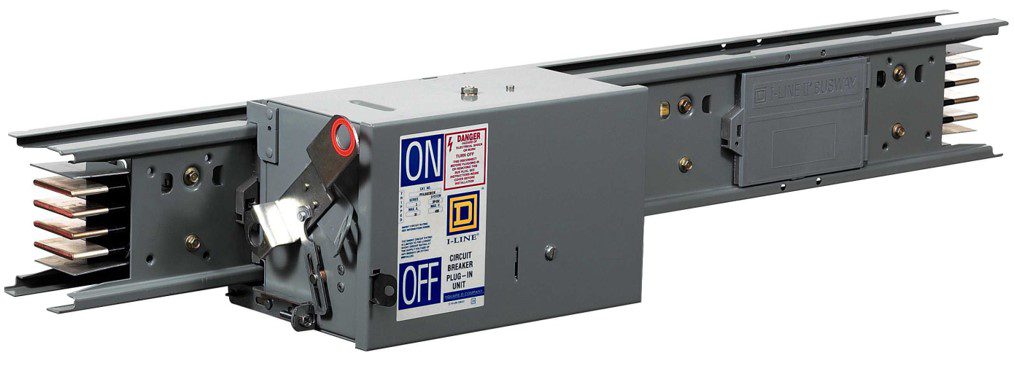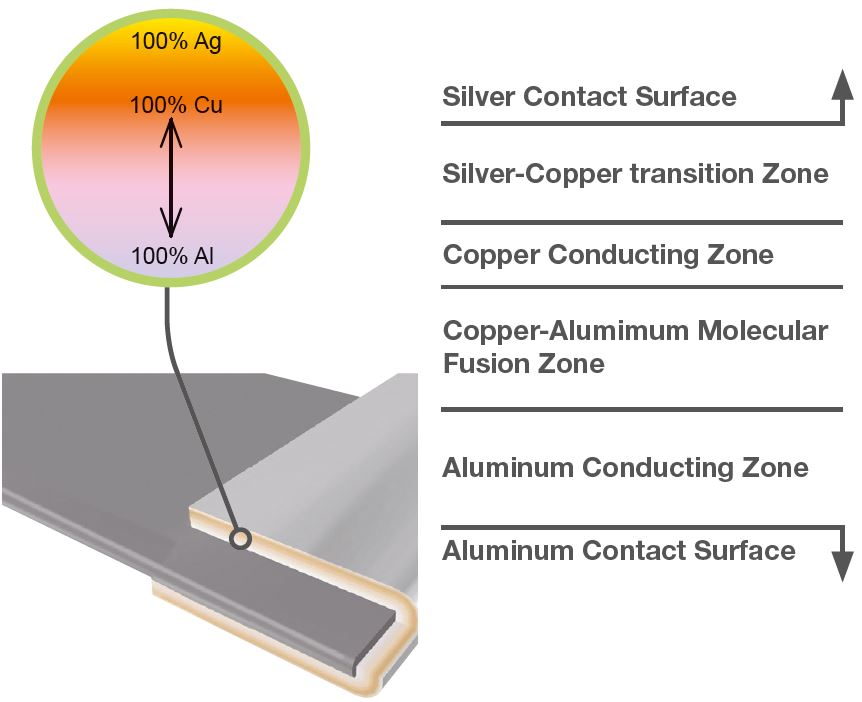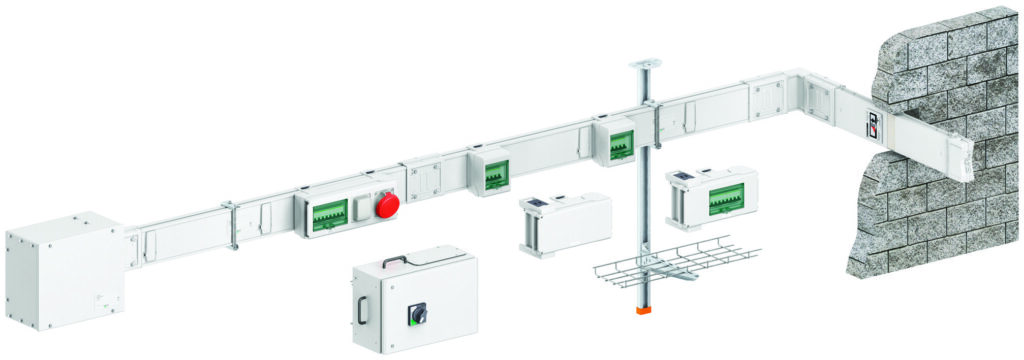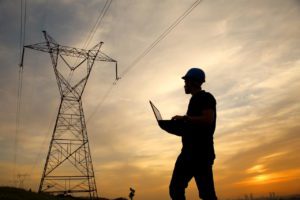What is a busway? Complete definition
Busway, or busduct, is a widely accepted method of distributing power since its first inception in 1930’s automotive industry. A busbar is a metal strip or bar, usually made of copper or aluminium, that carries electricity through switchboards, distribution boards, substations, and other electrical equipment. Now, it is used in a multitude of environments and sectors around the globe. Schneider Electric’s I-Line busway came to the market in the early 1960’s and Canalis busway followed in the early 1970’s.
What most don’t know is the wide variety of busway options available and the features and benefits they offer.

Benefits to consider when selecting a busway
The first benefit most ask about is cost, and this is recognised through quick installation time, easy maintenance, and long-life span. Busway can be assembled in stages and energised as required, making installation planning much easier, and requiring less labour. Its compact size and 90-degree bends compared to cable means there is more space available for other services.
The second most considered benefit comes from what is called ‘de-centralised distribution’. Protection is no longer contained solely in the switchboard room but is distributed throughout the installation along the busway’s length. Among the obvious benefits are reduced switchboard footprint and protection closer to the loads.
Other benefits may not be as immediately obvious, but are nevertheless important factors when considering busway options. These include better volt drop performance, lower heat rise therefore lower resistance, verified kA, IP and IK ratings, lower EMF emissions, and of course, a better environmental footprint recognised through performance efficiency and material impact.
Bi-Metal contacts in aluminium busway systems
Both Canalis and I-Line II aluminium busway have copper contact technology (also known as Bi-Metal), which means every connection point, bus to bus or plug-in unit connection, has silver plated copper contacts molecularly fused into the surface of the aluminium. This results in the low contact resistance performance of copper without the risk of delamination, making the aluminium product the go to in almost every case where cost and performance are considered.

Schneider Electric busways also benefits from its strong brand of current limiting circuit breakers installed inside the plug-in units – ComPact NS and ComPacT NSX MCCB’s and Acti9 MCB’s for final distribution. Performance of the busway Isc can also be enhanced significantly when protected by a current limiting device.
Certification
Peace of mind comes from the adaptability of the system as well as IEC61439-6 certification (ASTA Diamond and KEMA KEUR) of the busway and the plug-in units that connect to it. Compliance to AS/NZS61439-6 only requires environmental temperature consideration (de-rating for warmer states of AU), and adherence to local standards that apply. In the case of Australia this would be the AS1530.4:2015 passive fire resistance level (FRL) standard, of which I-Line is thoroughly tested and assessed for both integral and internal earth for both copper and aluminium busway.

There are useful design tools available for busway, including catalogues full of information, a BIM busway plugin for Revit, volt drop calculators, spacing tools for I-Line, etc.
If you are looking for efficiencies in your installations distribution system, then consider busway.
Busway options at Schneider Electric
- Lighting – Canalis KB 25A-40A
Suitable for 1P or 3P lighting circuits including options for KNX or Dali, car park occupancy sensors or low power distribution (fused).
- Low Power – Canalis KN 40A-160A
Most standardise on the KS range for this but is slightly more economical. Typical uses include underfloor power distribution or small workshop runs. Final distribution plug-in options only.
- Medium Power – Canalis KS 100A-1000A
By far the most versatile offer in its amp range, with both sub and final distribution plug-in capability. Suitable for commercial and industrial environments its diversity spans from simple EV car charging to high density complex data center installs.
- High Power – I-Line II <6300A
The backbone of any building, high power busway is used for transformer to switchboard, switchboard to switchboard, and main power distribution throughout the installation feeding local DB’s.
- High Power (IP68) – Canalis KR Cast Resin <6300A
For harsh environments, typically used in infrastructure projects.
Discover more
For more information on Schneider Electric’s full range of busway options, visit Schneider Electric Australia or Schneider Electric New Zealand, or reach out to your local sales representative.
About the author

Simon Grose, Product Application Engineer – Power
Simon has been in the LV industry for 30 years, starting in the UK as an apprentice in switchboard building. Having sub-contacted throughout the UK to many local and international companies, he moved to New Zealand in 2002, where he joined a switchboard company looking after production control, purchasing and logistics.
In 2010, Simon joined Schneider Electric as a sales representative promoting and supporting the full range of LV products, then in 2015 moved to the Offer Management team looking after various portfolios such as switchboard and enclosure systems, power distribution, protection and metering across Australia and New Zealand. Since 2020 Simon has been focusing on Switchboard Systems and Busway, which incorporates all of the aspects covered throughout his career.
Read our other blogs:



